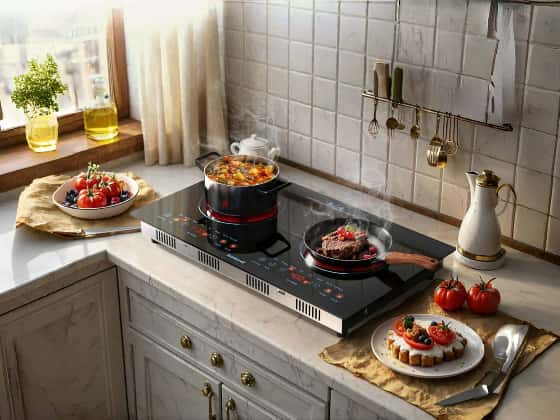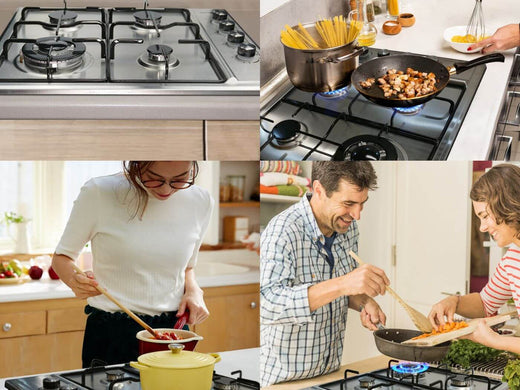
Choosing the right electric cooktop for your kitchen can be a daunting task, especially when you are torn between knob and touch control options. In this guide, we will explore the features, benefits, and drawbacks of both knob and touch control electric cooktops, helping you to decide which is best for your cooking needs.
Understanding Electric Cooktops
Before diving into the knob vs. touch control debate, let's first understand what electric cooktops are and why they are a popular choice for many homeowners.
Electric cooktops utilize electricity as their primary power source. They are known for their sleek design, easy-to-clean surfaces, and consistent heat distribution. Electric cooktops come in three main types: coil, ceramic, and induction, each with their unique features and benefits.
Knob Control Electric Cooktops
Knob control electric cooktops are the traditional models that use physical knobs to control the heat levels.
Advantages of Knob Control Cooktops
1. Ease of Use: Knob controls are straightforward and intuitive to use. You simply turn the knob to adjust the heat level.
2. Physical Feedback: The physical turning of the knob provides tactile feedback, which some people find satisfying and easier to control.
3. Durability: Knobs are typically made of durable materials and can withstand years of use.
Disadvantages of Knob Control Cooktops
1. Cleaning: Knobs can be difficult to clean as food and grease can get trapped around and under them.
2. Limited Precision: Knobs offer limited precision in heat control compared to touch controls.
3. Space Consumption: Knobs take up space on the cooktop, reducing the area available for cooking.
Touch Control Electric Cooktops
Touch control electric cooktops, on the other hand, feature a touch-sensitive panel for heat control.
Advantages of Touch Control Cooktops
1. Sleek Design: Touch controls offer a modern, sleek look that complements contemporary kitchen designs.
2. Easy Cleaning: Without physical knobs, touch control cooktops have a flat surface that's easy to wipe clean.
3. Precise Control: Touch controls allow for more precise heat adjustments, enhancing your cooking experience.
Disadvantages of Touch Control Cooktops
1. No Physical Feedback: Some users miss the tactile feedback provided by knobs.
2. Sensitivity: Touch controls can be overly sensitive, leading to accidental changes in heat settings.
3. Cost: Touch control cooktops are typically more expensive than their knob control counterparts.
Factors to Consider When Choosing Between Knob and Touch Control
1. Budget
Your budget will play a significant role in your decision. Touch control cooktops are often more expensive than knob control models.
2. Kitchen Design
If you have a modern kitchen design, a sleek touch control cooktop may complement it better. On the other hand, a knob control cooktop might suit a traditional or rustic kitchen style.
3. Personal Preference
Some people prefer the tactile feedback of knobs, while others enjoy the precision and sleek design of touch controls. Consider what you would enjoy using on a daily basis.
4. Cleaning and Maintenance
Touch control cooktops are easier to clean because of their flat surface. However, knob controls are often more durable and can withstand rough handling.
Final Thoughts
When it comes to choosing between knob and touch control electric cooktops, there's no one-size-fits-all answer. It depends on your personal preferences, budget, and kitchen design. Consider the pros and cons of each, and choose the one that best suits your needs. Happy cooking!










